'Patterns on the ground are a basic element of landscape design.'
maro
17 years ago
Related Stories
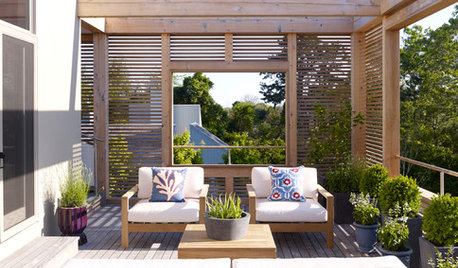
LANDSCAPE DESIGN6 Basic Elements of Classic Garden Style
Use symmetry, geometry and other principles of formal design to give even a modest garden a pleasing balance
Full Story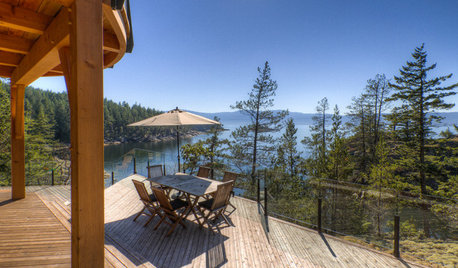
DECKSDecking Materials Beyond Basic Lumber
Learn about softwoods, tropical hardwoods, composites and more for decks, including pros, cons and costs
Full Story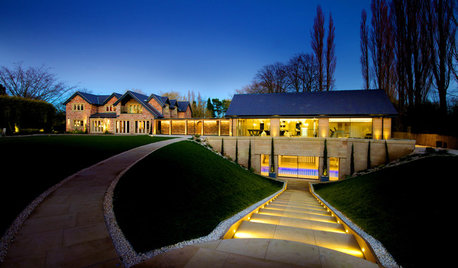
LANDSCAPE DESIGNHow Grading Shapes the Ground and Manages Stormwater
Understand how an overall grading plan provides a framework for a great landscape design
Full Story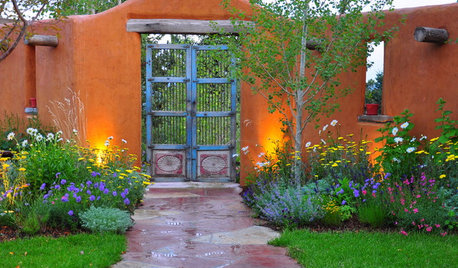
GARDENING AND LANDSCAPINGHow to Pick a Nice Wall for Your Garden Room
Made by hand, prefab or growing from the ground, garden walls are key landscaping elements. Here's what to think about for your yard
Full Story
LANDSCAPE DESIGNSee a Pattern Here? It's Conceptual Gardens, for Art's Sake
Make a brilliant impression with artful landscape designs that celebrate the avant-garde
Full Story
LIFEFrom the Wild, Home: Elements of a Landscape of Experience
See how simplicity, mystery and lessons from nature can help you create a rich garden experience at home
Full Story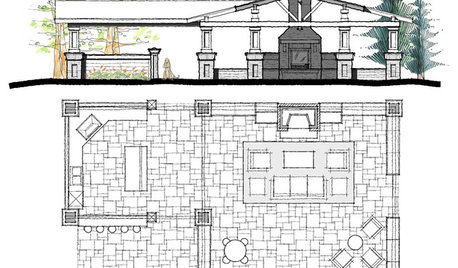
LANDSCAPE DESIGNClimate Control: Work With Nature's Elements for the Best Outdoor Space
Consider sun, wind and water where you live for a deck or patio that's as comfortable as possible all year long
Full Story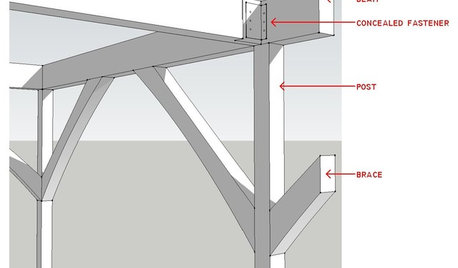
REMODELING GUIDESKnow Your House: Post and Beam Construction Basics
Learn about this simple, direct and elegant type of wood home construction that allows for generous personal expression
Full Story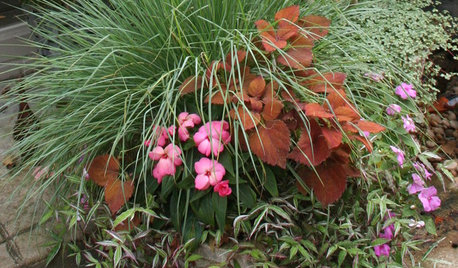
CONTAINER GARDENSContainer Garden Basics: Mix Textures to Catch the Eye
A mix of textures makes for potted gardens where each plant has a special role to play
Full Story
BATHROOM DESIGN8 Elements of Contemporary-Style Bathrooms
Does a sharp, clean and uncluttered bathroom sound good to you? If so, a contemporary design could be the key
Full Story


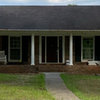
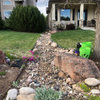


maroOriginal Author
maroOriginal Author
Related Discussions
What says 'modern' to you?
Q
Thinking design--landscape/interior/graphic
Q
Landscape Design Forum FAQ - Improved
Q
Landscape Designers WORST Nightmare??
Q
collaway
Embothrium
bahia
inkognito
tibs
maroOriginal Author
maroOriginal Author
inkognito
maroOriginal Author
inkognito
maroOriginal Author
tibs
maroOriginal Author
ironbelly1
maroOriginal Author
inkognito
maroOriginal Author
maroOriginal Author
Saypoint zone 6 CT
Brent_In_NoVA
gardengal48 (PNW Z8/9)
maroOriginal Author
lindae
nandina
maroOriginal Author
miss_rumphius_rules
maroOriginal Author
miss_rumphius_rules
Brent_In_NoVA
miss_rumphius_rules
bahia
maroOriginal Author
inkognito
inkognito
oregoncoast
pls8xx
inkognito
linrose
oregoncoast
maroOriginal Author
pls8xx
inkognito
accordian
gardengal48 (PNW Z8/9)
oregoncoast
oregoncoast
laag
inkognito